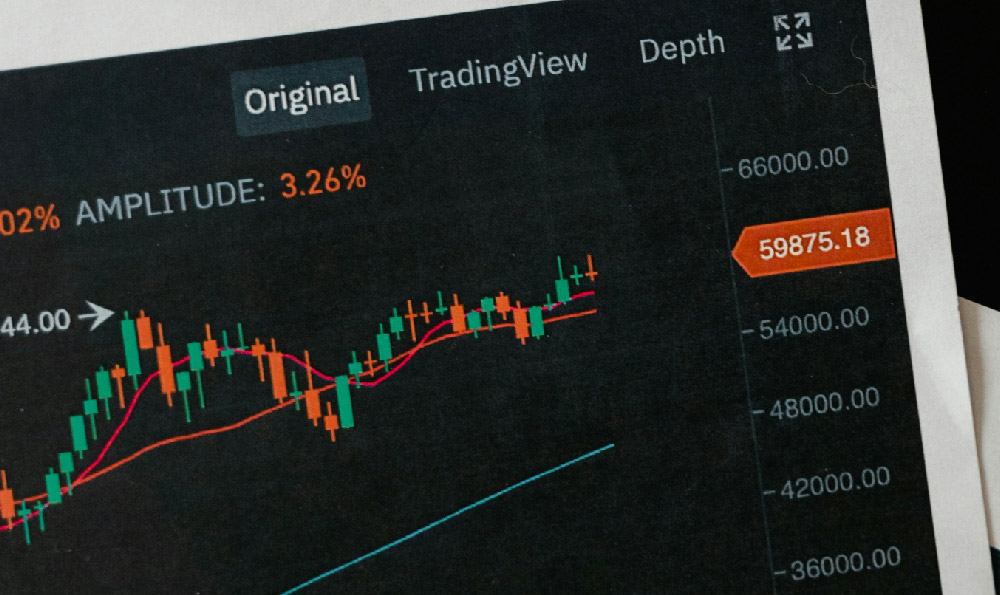Sources of Funding for the Catholic Church
The Catholic Church is one of the oldest and most enduring institutions in the world, with a global presence and a vast network of parishes, monasteries, and religious organizations. Its financial stability has long been a subject of interest, particularly in the context of its ability to sustain operations across different regions and denominations. Understanding the sources of funding for the Catholic Church is essential for appreciating its economic resilience and the role it plays in global society, especially when considering the intersection of traditional financial practices and modern monetary systems. While the Church's financial structure is not typically associated with virtual currencies or investment strategies, exploring its funding mechanisms can provide valuable insights into how large religious organizations manage and grow their resources, and even highlight potential opportunities for innovation and adaptation in the face of evolving economic landscapes.
One of the primary sources of funding for the Catholic Church is the voluntary contributions of its followers. This includes the offering collections during Mass, donations made through various charitable initiatives, and tithes, which are traditionally a tenth of one's income given to the Church. These financial commitments are rooted in religious tradition and are often seen as a form of spiritual generosity. In addition to this, the Church earns income through the sale of goods and services, such as religious items, educational materials, and the operation of lodges, farms, and other properties. These activities are not only a means of generating revenue but also serve to support the Church's social and charitable missions, including education, healthcare, and poverty alleviation.
The Catholic Church also holds significant assets, including real estate and investment holdings, which are managed through its various financial structures. These assets may include property such as churches, schools, hospitals, and retreat centers, as well as investments in stocks, bonds, and other financial instruments. The Church's financial strategies often emphasize long-term sustainability and the preservation of wealth, with a focus on generating returns while maintaining ethical and spiritual alignment with its mission. This approach to wealth management is distinct from many secular organizations, as it is guided by principles of stewardship and the belief that resources should be used to serve the greater good.

In recent years, the Catholic Church has also engaged with modern financial practices, including the use of technology and digital platforms to facilitate fundraising and financial management. This includes the adoption of online donation systems, which have become increasingly common as they allow for greater accessibility and transparency in financial transactions. Additionally, the Church has explored the potential of blockchain technology and virtual currencies as tools for managing and transferring funds more securely and efficiently. These innovations reflect the Church's ongoing efforts to adapt to the changing financial landscape while maintaining its commitment to ethical and spiritual values.
Moreover, the Catholic Church benefits from a diverse range of financial support, including government grants, endowments, and partnerships with other religious and charitable organizations. These sources of funding are crucial for enabling the Church to undertake large-scale projects and initiatives, such as the construction of new religious buildings or the expansion of charitable programs. The Church also generates income through its membership fees, which are paid by individuals who join religious orders or participate in certain programs. These fees contribute to the financial stability of the Church, allowing it to dedicate resources to its various activities and missions.
In addition to these traditional sources of funding, the Catholic Church has also embraced modern financial instruments such as insurance and investment funds. These instruments are used to manage risk and generate long-term returns, ensuring the Church's financial security in the face of economic uncertainties. For example, the Church may invest in diversified portfolios to protect its assets from market fluctuations, while also ensuring that its investments align with its ethical and spiritual values. This approach to financial management is a testament to the Church's ability to balance spiritual goals with practical economic considerations.
The Catholic Church's financial stability is further bolstered by its global network of dioceses and religious orders, each of which contributes to the overall financial resources of the institution. This decentralized structure allows for greater flexibility in managing funds and adapting to local economic conditions. As a result, the Church is able to sustain its operations and continue its mission of spreading the faith and providing social services to those in need.
In conclusion, the Catholic Church's funding sources are as diverse and enduring as its spiritual mission. From traditional revenue streams such as offerings and tithes to modern financial strategies involving technology and digital currencies, the Church continues to evolve in its approach to managing resources. As the financial landscape continues to change, the Church's ability to adapt and innovate will remain crucial to its long-term sustainability and global impact.















